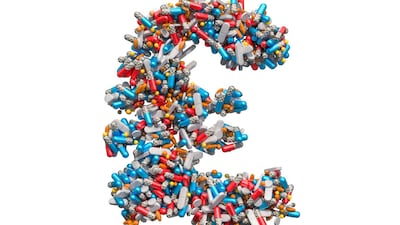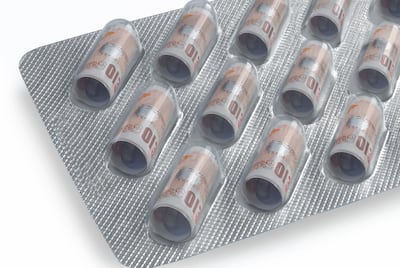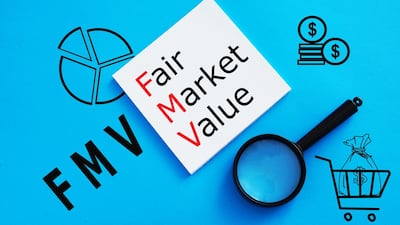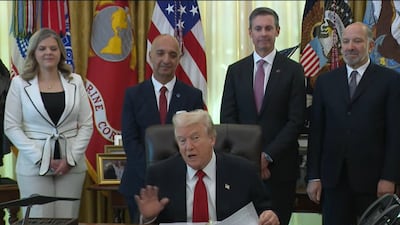Pricing Debate
“We are not going back to Pasteur,” Pfizer CEO Albert Bourla said, criticizing the US government’s current anti-vaccine rhetoric.
The ‘day of reckoning’ for the outpatient drug discount program has arrived as annual spending continues its 20%-plus annual growth rate, Drug Channels’ Adam Fein said.
Manufacturers are responding to a convergence of factors, but plans will miss the rebate dollars they have relied on in the current pricing model.
An IQVIA analysis is the first published investigation of the financial impact of 340B rebates on covered entity-owned pharmacies and supports the manufacturers’ position that the rebate model is workable for providers.
A slash in rebate rates is only a first step towards restoring the competitiveness of the UK’s pharmaceutical industry, according to the ABPI.
New UK Cost-Effectiveness Thresholds Will Not Mean A Reprieve For Drugs Already Denied Reimbursement
Some companies in the UK undergoing a health technology appraisal by the HTA body, NICE, will see reimbursement recommendations for their products paused in the run up to the implementation of higher cost-effectiveness thresholds.
CMS backs off on a plan to put “guardrails” around manufacturer payments that are excluded from Average Sales Price calculations in Medicare, but is planning to revisit the issue.
CMS may have decided some of the IPAY 2027 drugs did not measure up to their IPAY 2026 therapeutic alternatives, but negotiation parameters also may have played a role in the lower prices negotiated in the latest round compared to the first cycle.
The final guidance for the upcoming third round of the Medicare drug price negotiation process is most notable for the amount left unchanged.
South Korea has laid out comprehensive drug pricing reforms that aim to enhance patient access to treatment, accelerate innovation and stabilize essential drug supplies, but the industry is concerned it could lead to weaker R&D and manufacturing and increased dependency on high-priced imports.
Under the newly-announced UK-US trade deal, the UK will increase the thresholds used to evaluate the cost-effectiveness of new medicines, which should allow higher prices for innovative therapies.
Because they are not heavily rebated already, the discounts on four cancer treatments and a trio of other specialty drugs may benefit patients and the government more than others in the IPAY 2027 class.
The Medicare negotiated price is slightly higher than the Most Favored Nation price recently announced by the Trump Administration.
While Japan tries to balance its healthcare costs, the major US industry group is concerned reimbursement pricing practices in the country could influence US levels under Trump's MFN policy.
The pharmaceutical industry has been pushing back on a deeply unpopular rebate on products deemed to be “free combination” medicines in Germany.
With UK chancellor Rachel Reeves set to deliver the country’s budget on Wednesday, Medicines UK has set out five “focus areas” where the off-patent industry believes that action is needed.
The inclusion of Medicare Part B drugs in the program for the first time will sweep in several biologics, even though heavy hitters Keytruda and Opdivo will not be among them.
The Trump Administration’s formula for ‘Most Favored Nation’ pharmaceutical pricing has evolved since the first Trump team proposed MFN pricing for Medicare in 2020. The ‘GENEROUS’ Medicaid model in 2025 is indeed more generous to manufacturers – though still not an attractive proposition.
The deadline by which pharma companies must decide whether they want to leave the UK’s voluntary pricing scheme for branded medicines has been extended to mid-December – meaning that for the first time, companies can find out the terms of the scheme before opting in or out.
Demonstration could bring unprecedented transparency into international net prices, at least to CMS.




















